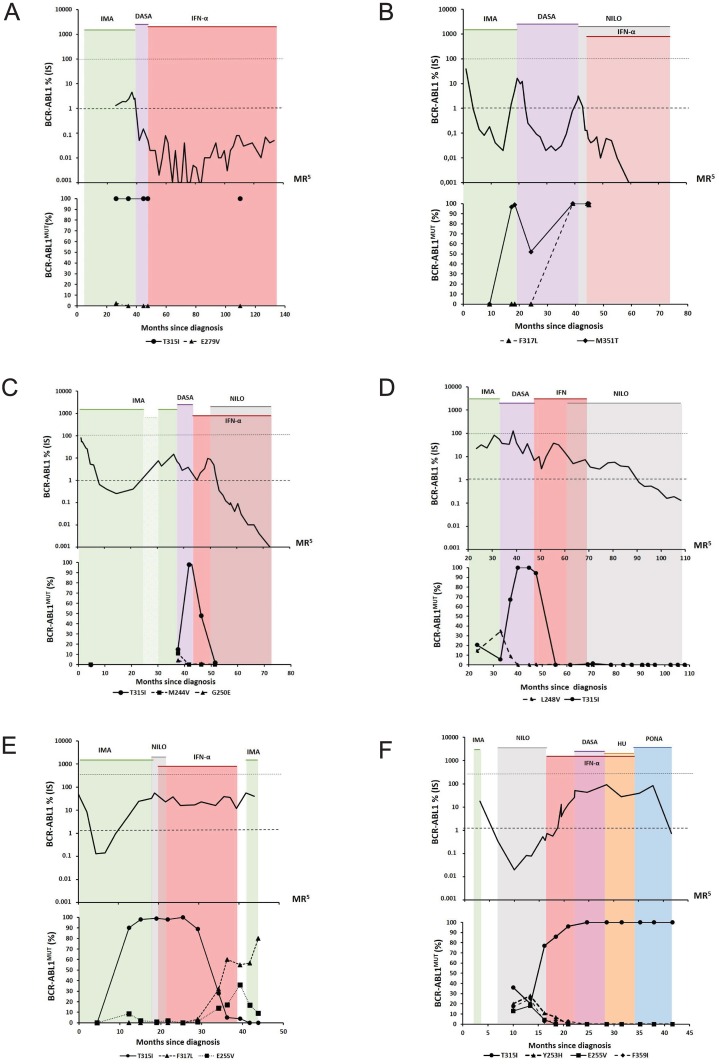Fig 1. Dynamics of total and mutated BCR-ABL1 transcript levels.
(A) Patient no 1: The patient achieved MMR on solo IFN-α and maintained MMR for 88 months; the T315I mutation was persistently undetectable for 62 months due to the overall low levels of total BCR-ABL1 transcripts. (B) Patient no 2: Compound mutations M351T/F317L (100%) developed after sequential therapy with imatinib and dasatinib. The patient has now been on IFN-α/nilotinib therapy with undetectable mutations for 29 months. MR5 was achieved on the 15th month of the combined treatment. (C) Patient no 3: Poor compliance to imatinib treatment within the 24th– 30th month; the T315I mutation burden decreased on solo IFN-α therapy down to undetectable levels after the combination of IFN-α and nilotinib. The patient achieved MR5 in the 22nd month from IFN-α treatment initiation. (D) Patient no 4: The T315I mutation decreased on solo IFN-α therapy and was not detected for the subsequent 46 months on solo nilotinib therapy. The relatively slow reduction of the BCR-ABL1 transcript level and MMR achievement might have been caused by a problematic compliance to nilotinib. (E) Patient no 5: The T315I mutation decreased on solo IFN-α therapy, but the F317L and E255V mutations appeared and expanded. Death of this patient was related to lung tuberculosis. (F) Patient no 6: IFN-α therapy did not contribute to the T315I reduction and response improvement. Therefore, the patient has been switched to ponatinib with CCgR achievement after 7 months from ponatinib treatment initiation. IMA-imatinib, NILO-nilotinib, DASA-dasatinib, IFN-α –interferon alpha, HU-hydroxyurea, PONA-ponatinib. Note: A mutation burden of 0% represented undetectable levels of mutated BCR-ABL1 transcripts when the sequencing depth was 1,000 to 8,000 sequence reads per each nucleotide position.

